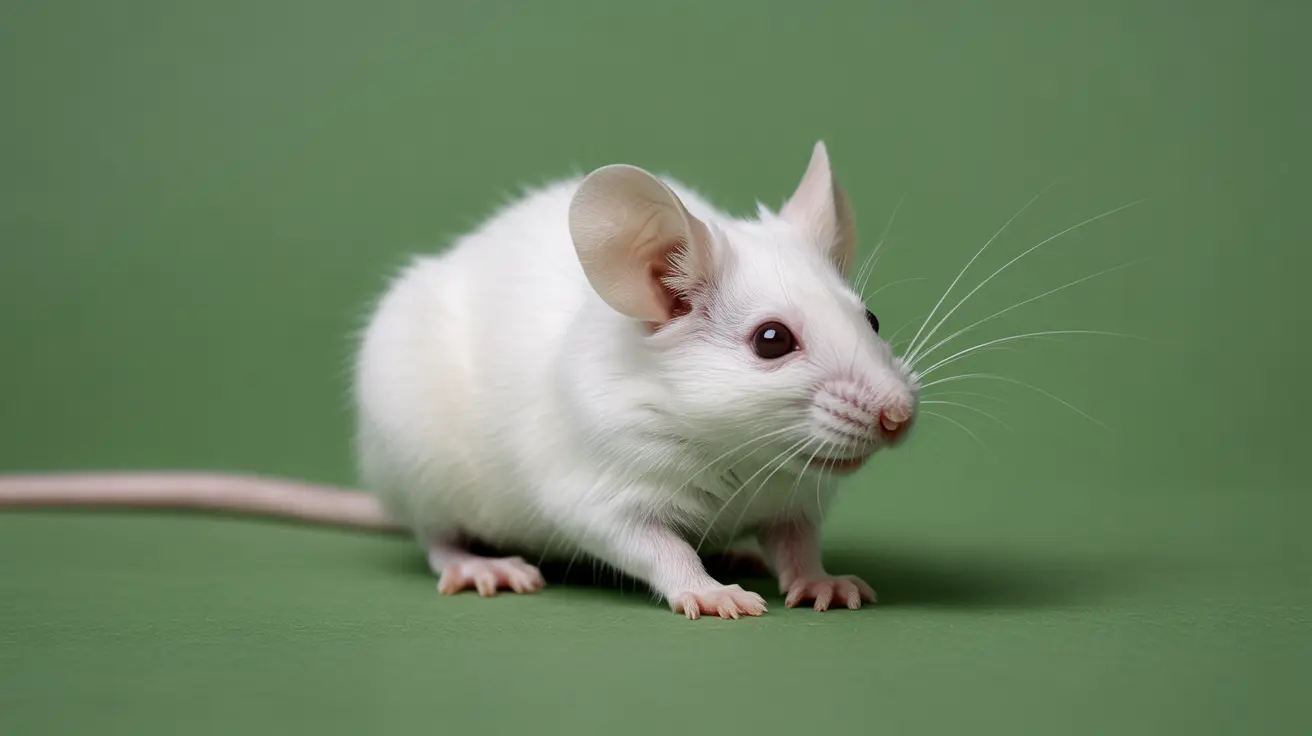The Benefits of Fiber for Dogs
Dietary fiber is more than just a filler in your dog’s food—it’s a vital component that influences their digestive system, overall health, and even mood. If you’ve ever wondered why veterinarians recommend certain vegetables or why some dog foods tout their fiber content, you’re about to find out why it matters.
Understanding Fiber: The Basics
Fiber refers to plant-based carbohydrates that pass through the small intestine undigested and reach the colon. Here, they play several roles in maintaining your dog’s gastrointestinal health. There are two main types:
- Soluble fiber: Dissolves in water and ferments in the colon, producing short-chain fatty acids (SCFAs) that nourish colon cells and support beneficial bacteria.
- Insoluble fiber: Doesn’t dissolve in water but adds bulk to stool, helping keep things moving smoothly through the intestines.
This balance is crucial—too little fiber can cause constipation or poorly formed stools; too much may lead to bloating or interfere with nutrient absorption.
Main Benefits of Fiber for Dogs
- Improved Stool Quality & Regularity: Insoluble fiber bulks up stools and helps prevent constipation. Dogs with soft stools or irregular bowel movements often benefit from extra fiber.
- Gut Microbiome Support: Soluble fibers act as prebiotics, feeding good bacteria in the gut. This helps maintain immune balance and overall digestive health.
- Weight Management: Fiber increases satiety (the feeling of fullness), which can help overweight dogs eat less without feeling deprived. It also slows gastric emptying so your dog feels satisfied longer.
- Blood Glucose Regulation: By slowing digestion and glucose absorption, soluble fibers can help manage blood sugar—especially important for diabetic dogs.
- Colon Health: SCFAs produced by fermentable fibers provide energy to colon cells and may reduce inflammation.
Common Sources of Fiber in Dog Diets
You’ll find both types of fiber in many plant-based ingredients:
- Pumpkin (soluble & insoluble)
- Carrots, spinach, green beans (mostly insoluble)
- Psyllium husk (supplemental soluble fiber)
- Berries like blueberries and strawberries (soluble)
- Brown rice, oats, peas (mixed fibers)
Whole food sources not only provide fiber but also other nutrients that benefit your dog’s overall well-being. Many commercial foods use cellulose or beet pulp as fiber sources—these are effective but may be less nutritionally rich than whole vegetables or fruits.
Therapeutic Uses & Special Considerations
If your dog struggles with chronic diarrhea or constipation, incremental increases in dietary fiber—often under veterinary supervision—can make a big difference. Psyllium husk is sometimes recommended for this purpose. However, changes should be gradual; sudden increases might upset your dog’s stomach or cause excessive gas.
Seniors may need more (or sometimes less) fiber depending on their individual digestion. Not every older dog requires extra; some actually digest food better with reduced fiber levels. Always consult your vet before making significant changes if your dog has sensitive digestion or medical issues.
How Much Fiber Does Your Dog Need?
- Aim for a balanced mix of soluble and insoluble fibers from various vegetables and grains.
- Avoid overfeeding high-fiber grains like brown rice—they add calories along with bulk.
The ideal amount depends on age, weight, activity level, and health status. Monitor stool quality when adjusting diet; healthy stools are firm but not hard or dry.
Tips for Adding Fiber Safely
- Add pureed pumpkin (unsweetened) to meals for gentle support.
- Toss in small amounts of cooked carrots or green beans as treats or toppers.
- If using supplements like psyllium husk, follow veterinary guidance closely.
Transition any new high-fiber foods over one to two weeks so your dog’s gut has time to adapt. Watch for changes in stool consistency or signs of discomfort—and adjust accordingly.
The Bottom Line: Balance Is Key
A carefully balanced diet including both soluble and insoluble fibers supports digestive health, regularity, weight control, blood sugar regulation, and a robust gut microbiome. Excessive amounts can backfire—causing bloating or interfering with nutrient absorption—so moderation is essential. Work with your veterinarian to determine what’s best for your individual pet based on life stage and any special needs they have.





